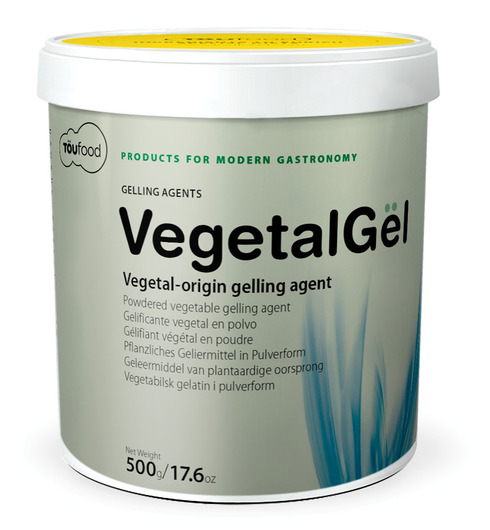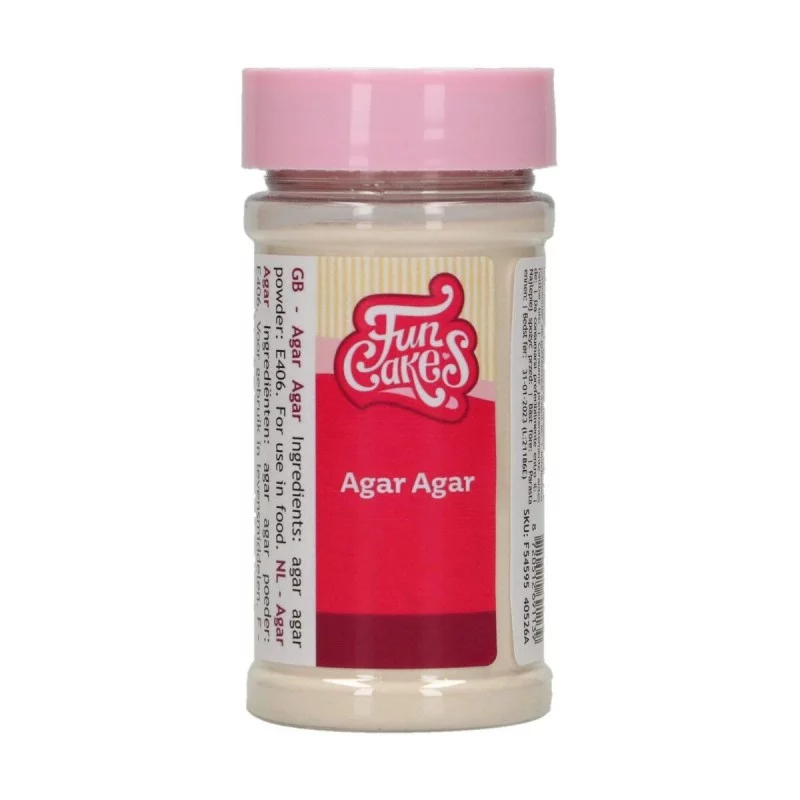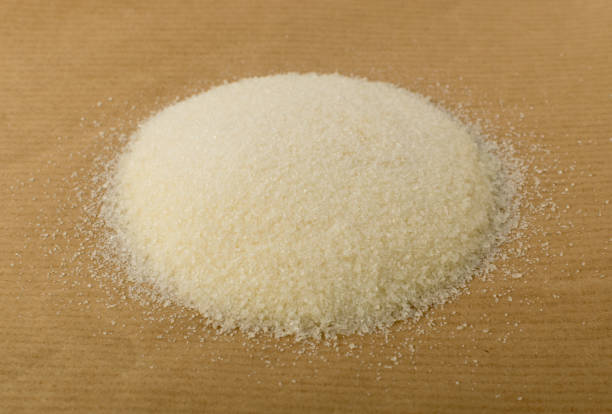Description
Gelling Agents: The Unsung Heroes of Texture and Stability
From the wobbly delight of jelly to the smooth richness of ice cream, textures play a crucial role in our enjoyment of food. Behind many of these desirable textures lie gelling agents, a diverse group of substances that transform liquids into semi-solid or solid gels. These unsung heroes of food science are more than just texture enhancers; they also contribute to stability, prevent separation, and even act as carriers for flavors and nutrients.
What are Gelling Agents?
Simply put, gelling agents are ingredients that, when added to a liquid, form a three-dimensional network that traps the liquid within its structure. This network gives the mixture a semi-solid or solid consistency. These agents can be natural, modified natural, or synthetic substances.
A World of Gelling Agents: From Seaweed to Starch
The realm of gelling agents is vast and varied, with each type offering unique properties and functionalities. Here are some of the most common:
- Gelatin: Perhaps the most well-known, gelatin is derived from collagen, a protein found in animal skin and bones. It creates a firm, clear gel and is widely used in desserts, candies, and savory dishes.
- Agar-Agar: Extracted from red algae seaweed, agar-agar is a vegan alternative to gelatin. It forms a firmer gel than gelatin and is often used in Asian cuisine, as well as in laboratory settings for culturing microorganisms.
- Pectin: Found in fruits, particularly apples and citrus fruits, pectin is a polysaccharide that requires sugar and acid to form a gel. It’s the key ingredient in jams and jellies, providing the characteristic set.
- Starch: A carbohydrate found in potatoes, corn, and other plants, starch can thicken liquids and form a gel when heated and combined with water. Cornstarch is a common thickening agent in sauces and gravies.
- Carrageenan: Another seaweed-derived polysaccharide, carrageenan, offers a wide range of gel textures, from soft and elastic to firm and brittle. It’s commonly used in dairy products like ice cream and chocolate milk to prevent separation and improve texture.
- Xanthan Gum: Produced by fermenting sugars with a specific bacteria, xanthan gum is a versatile polysaccharide that can thicken and stabilize liquids. It’s widely used in gluten-free baking and salad dressings.
- Modified Starches: These are starches that have been chemically or physically modified to improve their performance in different applications. They offer improved stability, clarity, and resistance to breakdown during processing.
Beyond Texture: The Multifaceted Roles of Gelling Agents
While texture modification is the primary function, gelling agents offer a range of other benefits:
- Stabilization: They prevent the separation of ingredients in emulsions and suspensions, ensuring a consistent product.
- Water Retention: By trapping water, they prevent drying and staling, extending shelf life.
- Flavor Release: They can encapsulate flavors and release them gradually, enhancing the taste experience.
- Nutrient Delivery: They can be used to create gels that carry vitamins, minerals, or other nutrients, making them easier to consume.
- Vegan and Vegetarian Options: Agar-agar, carrageenan, and pectin offer plant-based alternatives to animal-derived gelatin.
Choosing the Right Gelling Agent
Selecting the appropriate gelling agent for a specific application depends on several factors, including:
- Desired Texture: Different agents create varying gel strengths and textures.
- pH Level: Some agents require specific pH levels to gel properly.
- Temperature: Some agents gel at high temperatures, while others require cooling.
- Ingredients Compatibility: The agent must be compatible with other ingredients in the recipe.
- Cost: Different agents have varying costs, which must be considered for commercial applications.
The Future of Gelling Agents
Research and innovation continue to expand the possibilities of gelling agents. Scientists are exploring new sources, developing innovative modifications, and creating custom-designed agents for specific applications. As consumer demand for natural, sustainable, and functional foods increases, the role of gelling agents will become even more critical in shaping the future of food technology.
In conclusion, gelling agents are essential ingredients that contribute significantly to the texture, stability, and overall quality of a wide range of food products. From providing the familiar wobble of gelatin desserts to the subtle creaminess of ice cream, these unassuming substances are indispensable tools in the hands of chefs and food scientists alike. So, the next time you savor a perfectly textured treat, remember the unsung heroes working behind the scenes – the gelling agents.










Reviews
There are no reviews yet.